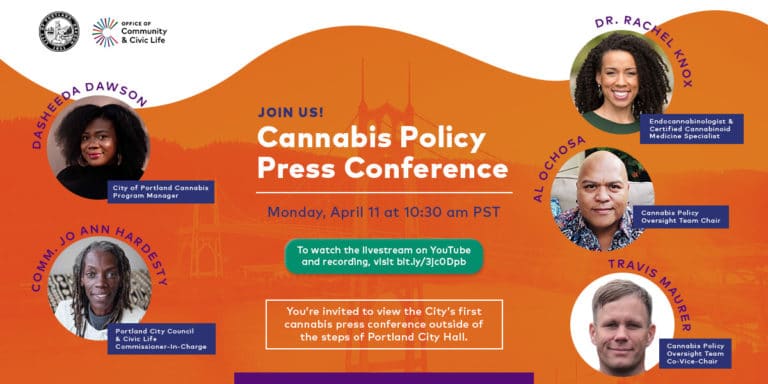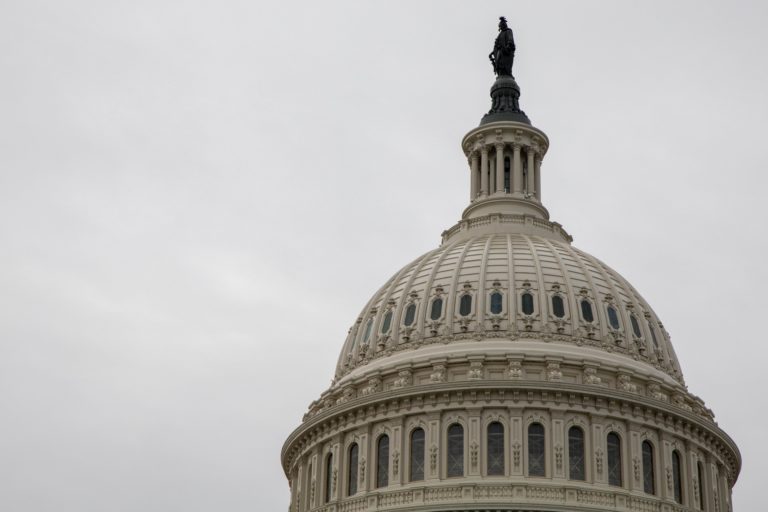In 2016, roughly 57% of Californians voted to legalize cannabis yet today, it is only available to less than 20% of the state’s population. Communities where citizens voted for cannabis are denied access to it. In December 2017, there were more than 3,000 retail shops. In January 2018 with the start of regulation, that number dropped to 300.
This seems to be a recurring theme, as we have seen this type of difficulty with access in other states that have legalized cannabis as well. Overregulation and taxation also continually seem to hurt the emerging and newly legalized cannabis industries, and California seems to have been particularly hard hit in their process here.
Gavin Kogan is the Chairman of the Board and Co-Founder of Grupo Flor and one of California’s earliest cannabis business attorneys. Kogan is speaking out on the implications and solutions of overregulation and overtaxation so new states coming online can learn from California’s mistakes.
I was able to get some insight from Kogan about these very issues…
Leah Maurer (LM): What do you think is the best route for states to take in terms of taxation of legalized cannabis?
Gavin Kogan (GK): The best route for states to take with taxes is to start at a low tax rate that incentivizes participation in the regulated market and ratchets up in alignment with the stability and economic power of the newly regulated marketplace. It is critical that the concept of taxes encouraging participation is understood at both the operator level as well as the customer level. For example, in California we have just that problem. With roughly 80% of the state not permitting retail outlets and with taxes creating high cost goods, Customers are driven to the illicit market because it’s easier to access cannabis goods and costs are dramatically cheaper. The solution to California’s failed experiment is to leverage economic incentives, not deploy law enforcement policies. We got here because law enforcement policy was a failure. It’s as simple as this – economists, not soldiers, will win the drug war.
LM: How has overregulation become an issue in legalized states, and what steps can we take to reduce this as other states legalize?
GK: Similar to the overtaxation comments above, overregulation increases costs of production and therefore, costs of goods – giving the illicit marketplace a tremendous advantage. That advantage has created the situation we have in California where the regulated market has been a remarkable failure in the eyes of both producers and consumers – and the illicit market flourishes. I live this industry day in and day out, and can say with one hundred percent confidence I have never met a producer who believed the industry should be without regulation. The fact is that self imposed safety protocols, such as third party testing, potency labeling, food-safe production facilities, etc., – many – many of us were doing these things purely as a matter of advocacy long before the politicians gathered the temerity to regulate the cannabis space. This patrician attitude that our industry must be “reigned in” is so out of alignment with reality – and feeds off prohibitionist era imagery and ignorance. We are all ready to embrace safe and sane regulations, and those who are not – lose their licenses. It’s as simple as that. The best strategy is to impose the regulations in a structured step-wise manner, weighted in value and cost. For example, in my view it’s more important and cost effective to require safe product labeling than it is to require Cat III testing within the first year of regulation. They put a 50lb saddle on a month old colt.
LM: There always seems to be this waiting game after states legalize cannabis…both for companies and for consumers. How can we ward this off and make legalization as seamless as possible in terms of both consumers being able to purchase products AND companies being able to get products into cannabis retail shops?
GK: The California League of Cities stands behind communities that say, “we don’t want pot in our communities.” But it’s 2019, there’s been generations of pot in their communities; so what they are really saying is, “we want illicit pot in our communities.” I point this out because the fact is, initiating a regulated cannabis industry requires participation from folks who were previously in the illicit market. The rational focus is to develop policies, regulatory and fiscal, that incentivize operators and customers alike to participate in a regulated environment. California is failing because it gave localities the right to abstain from the policy shift. So I would advise states to (i) not let localities with certain population minimums opt out and (ii) implement minimum regulatory and fiscal requirements in a structured step-wise approach that creates a mountable staircase, not a wall that very few can successfully climb.









